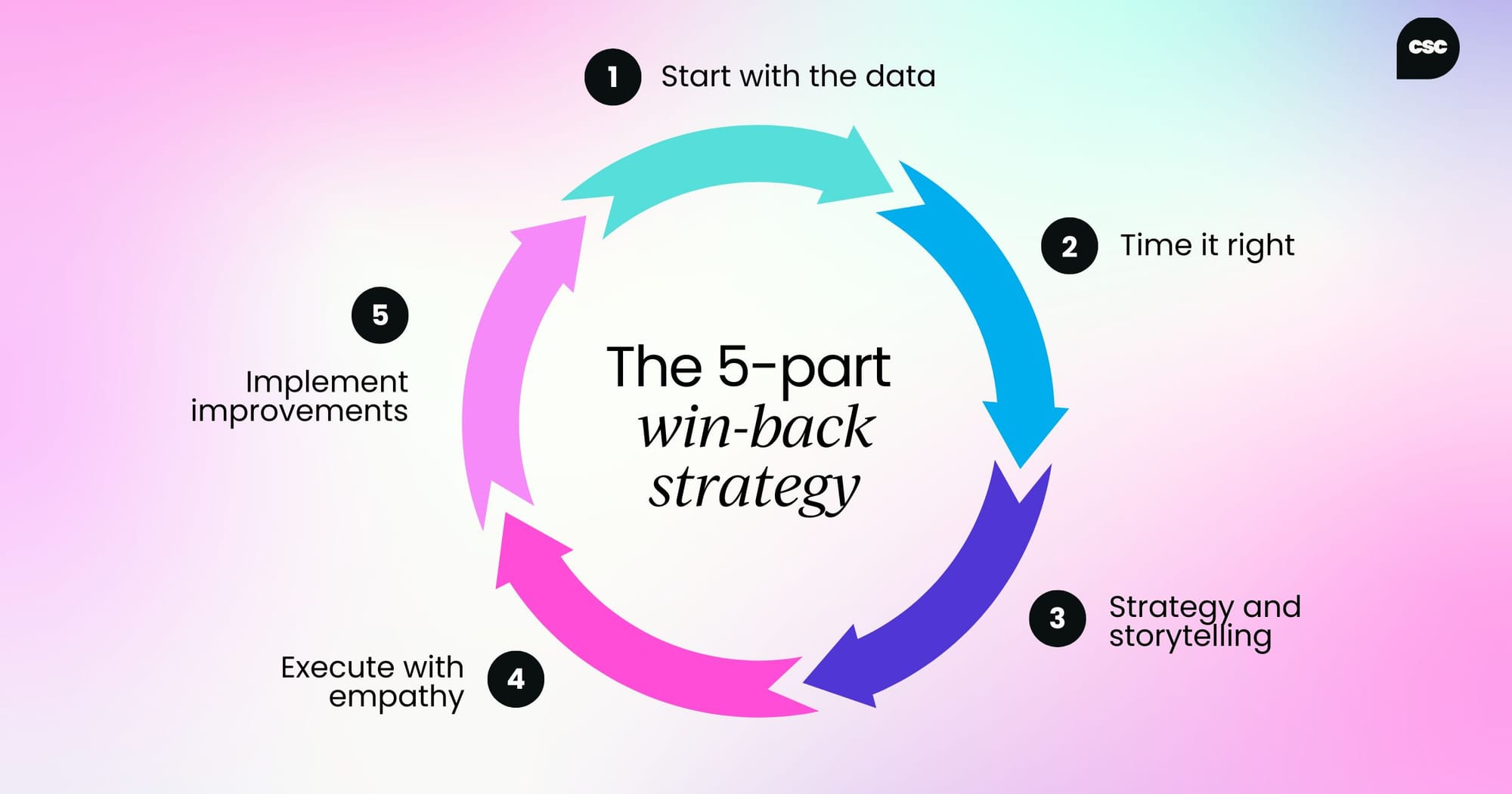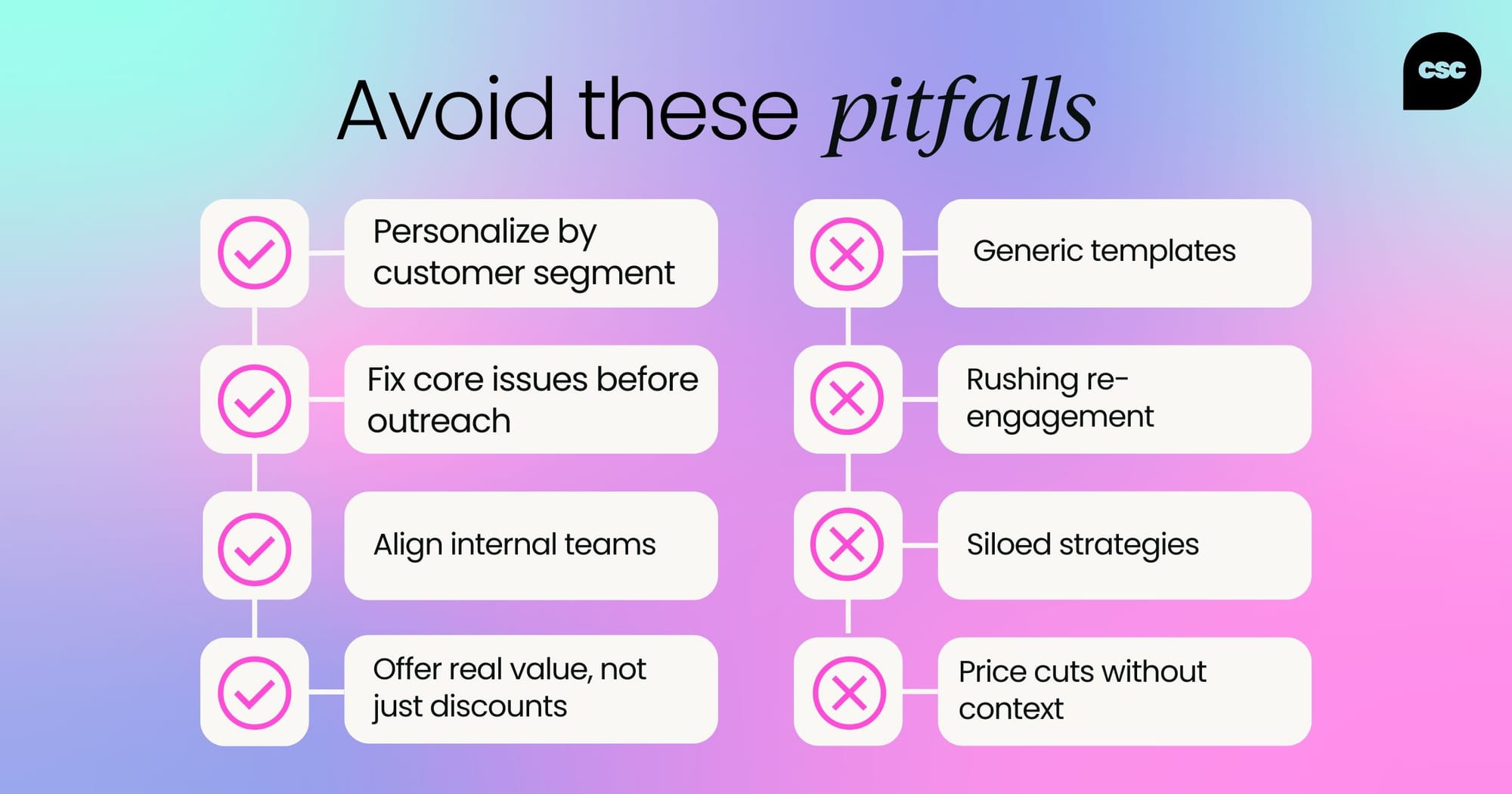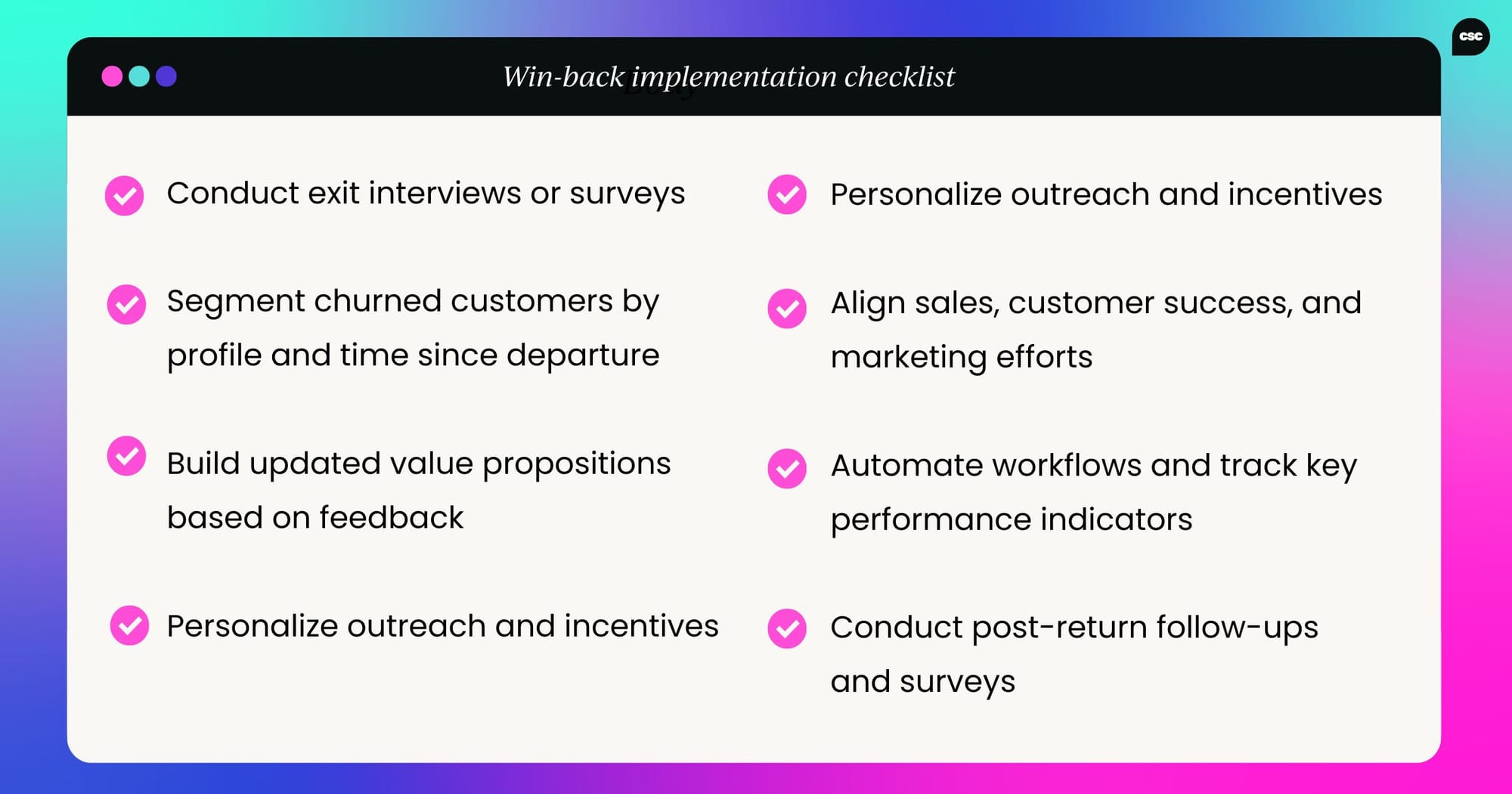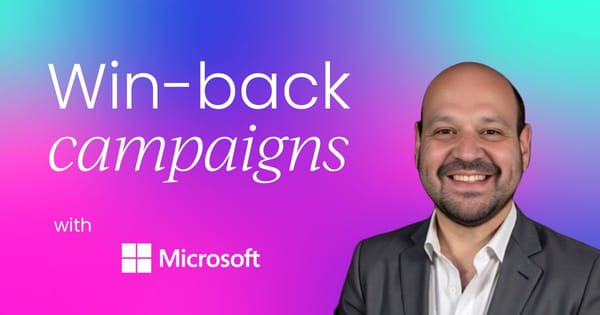The second chance that changed everything
A few years back, I was deep into a multi-region digital transformation initiative for a Fortune 500 manufacturer. We meticulously scoped the strategy, mapped adoption paths, integrated success metrics, and secured executive sponsors. Everything was tracking… until it wasn’t.
Adoption started to waver, executive engagement cooled, and support tickets dried up. Not because all was well, but because users had stopped trying. Within months, usage flatlined, and before we knew it, churn had arrived.
After three decades as a veteran, defense contractor, tech advisor, and cloud transformation strategist, I’ve seen plenty of churn patterns. Yet this one hit differently. We hadn’t lost on technology; we’d lost on experience. And that opened the door to something far more powerful than a mere sales pitch: a second chance.
My team and I rebuilt our engagement model with surgical precision through targeted insights from exit interviews and usage data. Our win-back campaign didn’t just bring customers back; it re-established us as a trusted partner. One returning customer scaled across multiple business units and became one of our most vocal advocates.
This experience taught me a crucial lesson: win-back campaigns are not about desperation. They’re an invitation to re-earn trust and to deliver renewed value in a way that truly matters.

Why win-back campaigns matter more than ever
Customer retention has become a multi-million-dollar obsession for most companies, a core part of their efforts to become more customer-centric. After all, acquiring a new customer costs five to seven times more than retaining an existing one. Returning customers often demonstrate higher average order values and longer lifetime engagement, provided the re-engagement is overseen with care.
Both in my current role at Microsoft and through my previous experience leading global customer success initiatives across government, manufacturing, healthcare, and financial services, I have witnessed how thoughtfully executed win-back campaigns drive long-term loyalty and brand advocacy.
For example, a Bain & Company study found that increasing customer retention by just 5% can lead to profit increases ranging from 25% to 95%. That’s no marginal gain – it’s a business-defining impact. When done right, win-back campaigns turn moments of loss into moments of leadership.
The 5-part framework for building your win-back strategy
Here’s a step-by-step approach to designing and executing a campaign that does not just ask customers to come back but gives them every reason to.
1. Start with the data
Every successful win-back campaign begins with deep diagnostic insight. Move beyond gut instinct and gather objective intelligence on why customers left and what might bring them back.
- Analyze product usage and support ticket history to detect friction points.
- Mine survey responses and CSAT data to uncover satisfaction trends.
- Conduct exit interviews (where possible) to understand the emotional and strategic drivers behind churn.
Example: In one engagement, exit interviews revealed that 60% of churned users departed because they didn't perceive enough value in a new product feature set. That insight became the cornerstone of our return campaign messaging, achieving a 30% re-engagement rate.
2. Time it right and target smartly
The timing of your outreach is critical. Too soon and the sting of departure may be too fresh; too late and they might have settled with a competitor.
- Establish churn windows: 30, 90, and 180 days – and customize your messaging accordingly.
- Set up dynamic targeting rules in your CRM or marketing automation tools.
- Incorporate behavior-based triggers (e.g., visits to your help center or pricing page) to optimize outreach timing.
Example: At a mid-sized system integrator I worked with, targeting customers who churned within the past six months, combined with personalized messaging, resulted in a 40% reactivation rate.
Ensure your offers align with different personas – a CTO may value security enhancements, while an operations lead might prioritize usability or cost savings.

3. Build the framework: From strategy to storytelling
Many win-back campaigns focus solely on offers. You need to lead with empathy and a clear value story that addresses your customers’ current needs.
Phase 1: Assessment
- Exit interviews.
- Market analysis to determine competitors’ differentiators.
- Voice of customer (VoC) insights
Phase 2: Strategy
- Define your message pillars: What pain point are you addressing now?
- Develop personalized incentives: Beyond discounts, consider beta feature access, white-glove onboarding, or a personal QBR with a senior executive.
Phase 3: Alignment
- Facilitate cross-functional planning between customer success, marketing, sales, and product teams.
- Secure executive sponsorship for high-value accounts
Example: In one B2B cloud migration project, we created a “Why Now?” deck tailored to each churned segment. Rather than rehashing our original value, we acknowledged past friction, highlighted new capabilities, and outlined a roadmap to quick wins. Engagement spiked by 25% within three weeks.
4. Execute with precision and empathy
A well-conceived strategy is only as good as its execution. Here, the blend of technology and human touch is key.
- Automate workflows in your CRM to track outreach, status, and follow-ups.
- A/B test messaging to discover the most resonant subject lines and CTAs.
- Personalize outreach for high-value accounts; a personal email from a Customer Success Manager can outperform automated messages.
Example script:
“We’ve been reflecting on how we could have served you better. Based on your feedback, we have made several changes and would love to walk you through them – no, just a conversation.”
Leading with humility and transparency opens the door to genuine dialogue.
5. Measure what matters
It is essential to track not just who returns, but why they return and whether your improvements are truly resonating.
- Re-engagement rate: Percentage of targeted customers who respond or act.
- Return conversion rate: Percentage not only come back but stay for 90+ days.
- Customer lifetime value (CLTV): Compare CLTV before and after churn.
- CSAT/NPS: Measure satisfaction from reactivated accounts.
- Campaign ROI: Evaluate the return on your campaign investment against revenue growth.
Example: One enterprise customer achieved a 15% campaign ROI and a 20% uplift in lifetime value within the first 90 days thanks to a rigorous measurement and iterative approach.
Common pitfalls (and how to avoid them)
Even well-planned campaigns can misstep.

Here are the most frequent traps and how to avoid them:
- Poor personalization: Avoid boilerplate templates. Personalize according to each account’s industry, journey, and past experiences.
- Premature outreach: Allow customers time to reflect and ensure you have implemented improvements before reaching out.
- Over-reliance on discounts: If customers did not see value the first time, a discount alone will not win them back.
- Lack of internal alignment: Ensure that customer success, Marketing, and Sales are on the same page with shared insights and strategy.
Even well-planned campaigns can encounter pitfalls, and addressing these challenges is key to success.
Poor personalization, for instance, can alienate customers, so it is crucial to tailor outreach to each account’s industry, journey, and past experiences rather than relying on generic templates. Premature outreach can also backfire; customers need sufficient time to reflect, and improvements should be firmly in place before re-engagement.
Over-relying on discounts is another common trap. If your customers didn’t realize value in the first place, a price reduction alone won’t win them back.
Lastly, misalignment within internal teams, such as customer success, marketing, and sales, can derail efforts. Ensuring all teams operate with shared insights and a cohesive strategy is essential to a successful win-back campaign.

Future trends: What’s next in win-back innovation?
Technology is rapidly transforming win-back strategies. Forward-thinking companies are leveraging:
- AI-based churn prediction: Machine learning models to identify at-risk accounts before they churn.
- Behavioral scoring: Dynamic models that update in real time based on user interactions.
- Automated personalization at scale: Tools that generate tailor-made win-back messaging from CRM data, personas, and usage trends.
At Microsoft, we integrated customer empathy into our operating model through journey-based transformations, ensuring that the customer perspective is embedded at every level of planning and execution, from onboarding to recovery and retention.
Final thoughts
That manufacturing customer I mentioned at the start didn’t just return, they became a multi-cloud flagship account, driving transformation across five continents. Their comeback was not an accident but the result of intentional listening, strategic storytelling, and a relentless focus on delivering renewed value.
Win-back campaigns are not merely about salvaging the past. They are about crafting a better future together. When you treat churned customers not as "lost causes," but as future advocates, the conversation shifts, and so do your outcomes.
An effective win-back strategy is not just about reaching out to churned customers; it is about systematically understanding their departure and crafting a thoughtful, data-driven approach to re-engage them.
Hopefully, you'll all now feel confident going forth and implementing win-back campaigns that genuinely work. But to be 100% sure, implementing a checklist helps ensure no critical step is overlooked, providing a structured pathway to recover lost accounts and rebuild trust.
So, as a parting gift, why not save the following checklist to serve as a comprehensive guide to streamline win-back efforts and maximize the chances of successful outcomes?




 Follow us on LinkedIn
Follow us on LinkedIn



